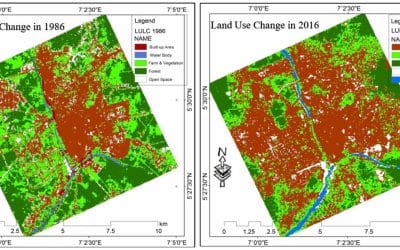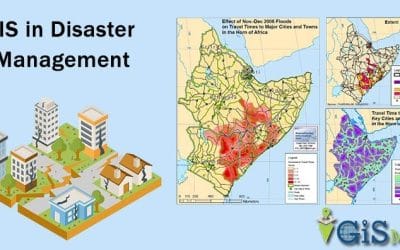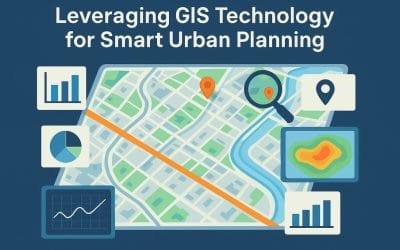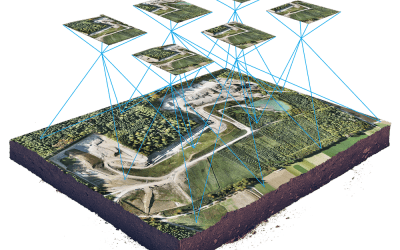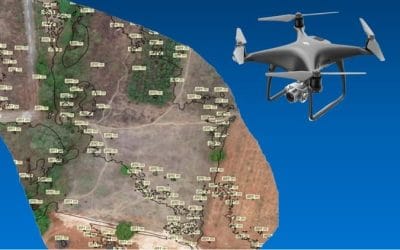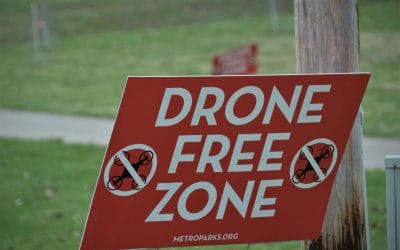Makoko waterfront slum

Makoko Transformation
In recent years, concerned authorities responsible for safety and security in Lagos, Nigeria has been in the business of the eviction and demolition of prime waterfront slum/ communities in the state due to reasons that are subjected to the citizen’s safety and security and status of the megacity at large.
Makoko is one of less than 20 such waterfront communities still standing in the city. A floating slum of an estimate of 300,000 residents which was initially just a place to fish has grown to be the home for generations of fishermen from neighbouring communities and countries as it accommodates a lot of residents of any waterfront communities evicted or demolished.
In 2012, the government reportedly gave a 72 hours’ notice to evict the residents of Makoko.
Authorities claimed the settlement constituted an “environmental nuisance, security risk and an impediment to the economic and gainful utilization of the waterfront” and undermined its “megacity status”, according to reports.
Now, following the January evictions in the region, Makoko’s residents are once again scared they are next.
A project to put Makoko on the digital map — launched in September 2019 by the NGO Code for Africa, in partnership with Humanitarian OpenStreetMap Team — aims to fill these gaps, and drive inclusions and the fear of looming eviction in Makoko and other waterfront communities.
Most waterfront communities in Lagos do not exist in their true form like others around the world. Instead, they are represented with just a white block. The community’s various waterways are unmarked, making human activity difficult to estimate.
This makes planning for future development a challenge. And for urban development specialists or potential foreign investors, these areas could appear uninhabited with no local community to plan for, or worse, look uninhabited and be taken over.
“We want the community, like other communities in the world, to be available and navigable on maps.
From there, new development plans might come” Jacopo Ottaviani, Chief Data Officer Code For Africa.
And to map the community, code for Africa trained young residents to pilot drones to capture aerial footage of the community and input map coordinates on an open source app on their mobile phones, to pinpoint roads and points of interest in the community.
Makoko waterfront slum





























































































